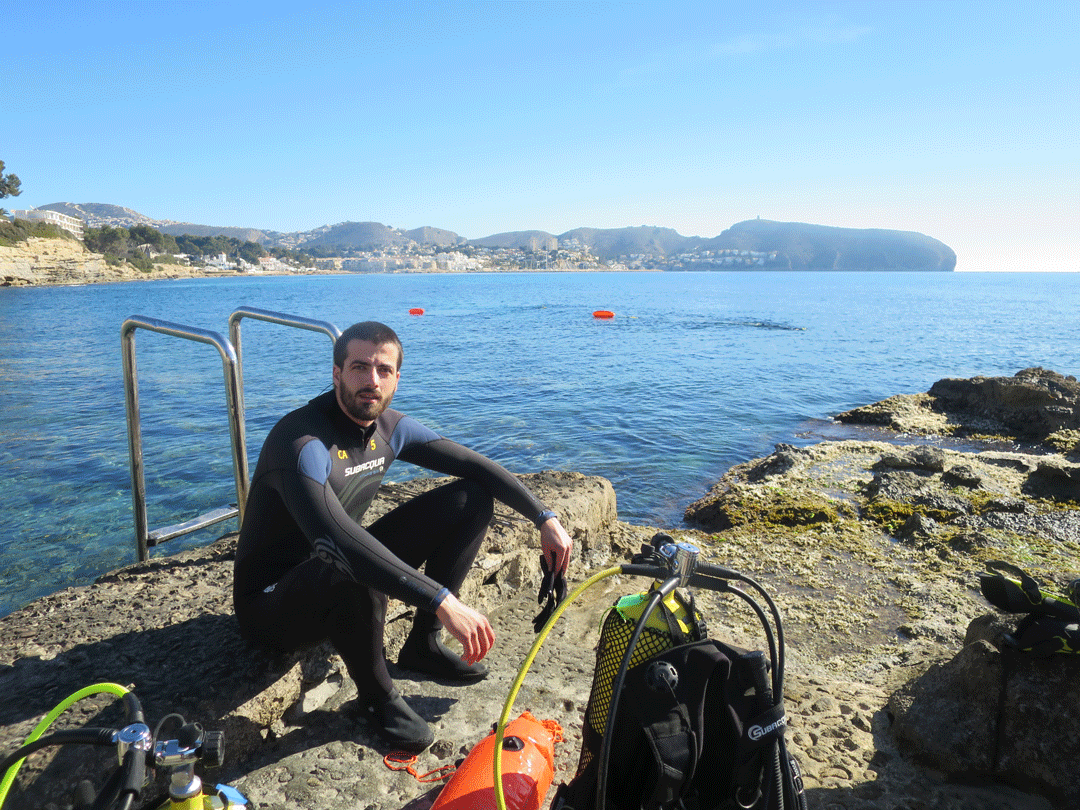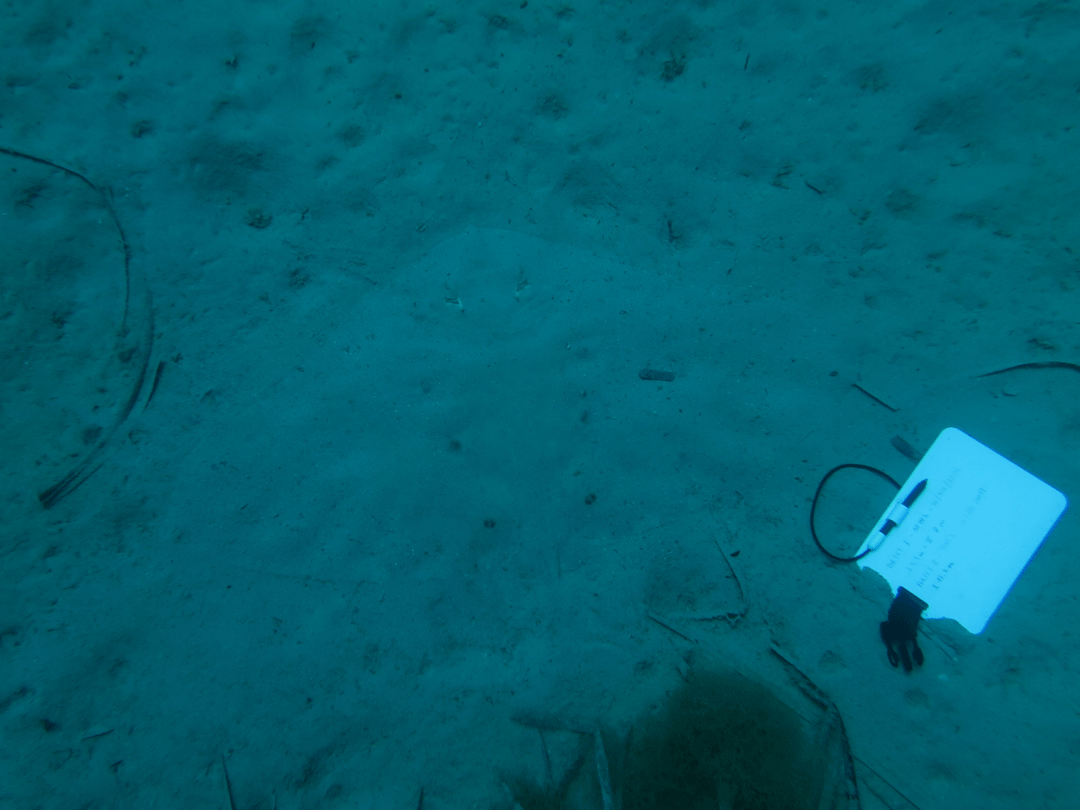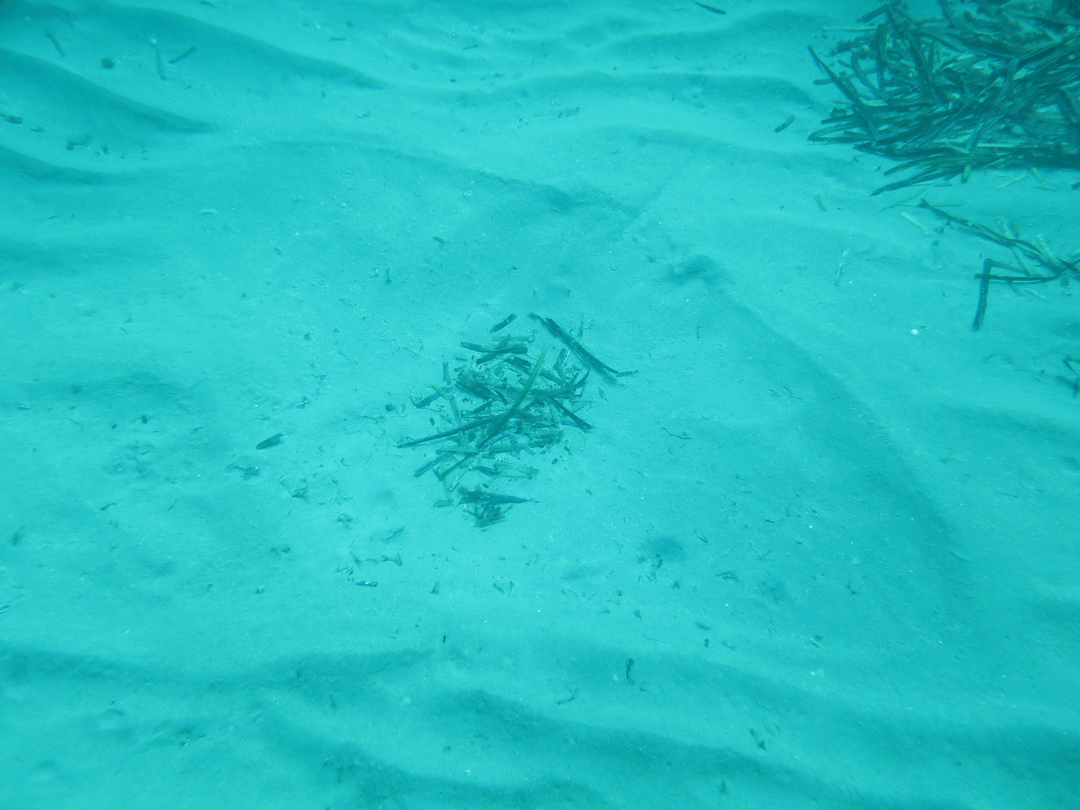Looking for spiny butterfly rays in the Mediterranean
For the last eight months, we have been searching the Valencian waters (Spain, Western Mediterranean) looking for a critically endangered species in the Mediterranean: the spiny butterfly ray.

I’m too sick to go into the water today, so finally, I’ve got time to face an issue long forgotten: blogging for the Save Our Seas Foundation. In fact, it has been nearly nine months without posting any info related to the project. I could say that these are some of the busiest times of my life, but the reality is that the blank page paralyzes me. What could I write? Our project seems so small when reading other projects. We are just getting into the water to take careful note of everything we see before running out of air. Others are working with intricate experiments or techniques, using the latest technologies or looking for some of the most notorious elasmobranch species in the world. But, and there is always a but, as I will try to show you sometimes little is great. Sometimes little is the best you can do. And I hope this project is going to show you why.

Searching for spiny butterfly ray individuals on sandy patches between Posidonia oceanica meadows, in the Alicante Region (Spain, Western Mediterranean). Photo © Associació LAMNA
We started working with the spiny butterfly ray, a year and a half ago. It was during the spring of 2017 that we began to snorkel Moraira coasts (Alicante, Valencia region, Spain) looking for individuals and the marks they leave in the sand. The spiny butterfly is a ray from the family Gymnuridae, characterized by its very broad disk, resembling a wide triangle in its shape. This very charismatic species is categorized as Critically Endangered in the Mediterranean Sea by the IUCN. A mighty predator, it mainly feeds on bony fish but also on crustaceans and molluscs. When in captivity, some researchers have found that spiny butterfly rays use their broad pectoral fins to strike at food items, a behaviour that is believed they can use in the wild to stun and capture prey. With a spectacular camouflage ability, individuals are difficult to spot in the wild as they cover themselves in sand and their dorsal skin has a cryptic colouration. During our diving surveys, we were surprised about sighting big-sized females and very small juvenile individuals in the same areas. Encouraged about our finding and the fact that other researchers along the Mediterranean claimed that this species was non-existent on their survey areas anymore, we decided to propose the SOSF a project to thoroughly investigate Moraira coasts.

Spiny butterfly ray individual on the sandy bottom, showing the great difficulty to spot this species when they are hiding covered in sand. Picture taken in the Mediterranean waters of Moraira (Alicante, Valencia region, Spain). Photo © Associació LAMNA
With these blogs I will try to get you closer to the work we are doing with these stunning animals. Most importantly, I will try to show you the reasons behind the project itself, the inner motivations, day-to-day struggle, hopes for the future and positive outcomes. Come along with us and help us set some baselines for butterfly ray babies.

Example of a mark left behind by a spiny butterfly ray individual on a sandy bottom (tail pointing to the upper right corner of the picture), they can be surely identified when they are recent as there are no other species with that particular shape in the area. Picture taken in the Mediterranean waters of Moraira (Alicante, Valencia region, Spain). Photo © Associació LAMNA
